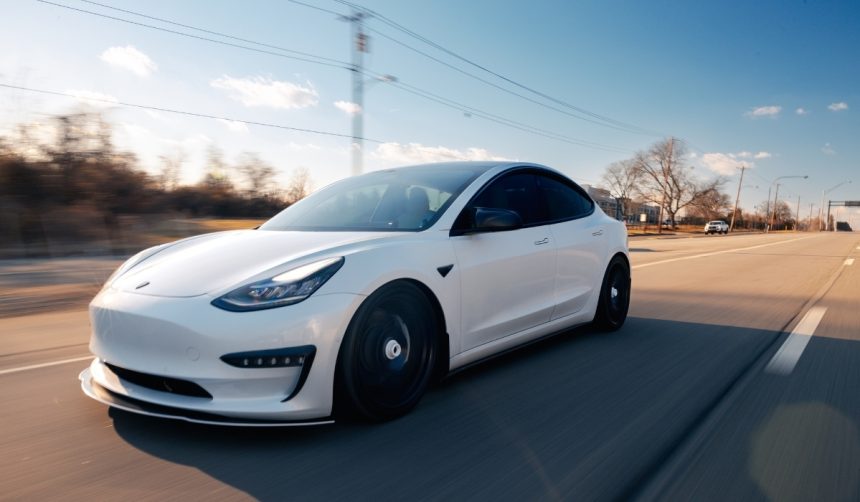Space exploration continues to captivate the imagination, and seven years after its historic launch, Elon Musk’s Tesla Roadster has made headlines once more. Originally sent into space aboard SpaceX’s Falcon Heavy rocket, the Roadster served as a unique payload featuring a mannequin named Starman. Its journey through the cosmos has been a subject of fascination for space enthusiasts and scientists alike.
Earlier reports detailed the Roadster’s trajectory and the challenges in tracking its exact location. Recent observations from the Minor Planet Center have reignited interest in the vehicle’s path, shedding new light on its current status in the solar system.
How Was the Tesla Roadster Initially Launched?
The Tesla Roadster was permanently mounted on the Falcon Heavy rocket’s upper stage during its maiden flight in 2018. This bold move by SpaceX aimed to demonstrate the rocket’s heavy-lift capabilities and sparked widespread media coverage.
What Led to the Recent Rediscovery of the Roadster?
A citizen scientist submitted data that initially suggested the discovery of an unusual asteroid, designated 2018 CN41. Upon further analysis, the Minor Planet Center identified the object as the Tesla Roadster, still attached to the Falcon Heavy’s upper stage.
What Is the Future Trajectory of the Roadster?
According to space tracking simulations, the Roadster is moving away from Earth towards Mars and will continue to orbit the Sun for millions of years. NASA predicts that it will eventually succumb to solar and cosmic radiation, leading to its disintegration over time.
The ongoing efforts to monitor the Roadster highlight the persistent interest in tracking human-made objects in space. The Tesla Roadster serves as a testament to SpaceX’s innovative approach to space missions and remains a symbol of commercial space endeavors.
SpaceX’s initiatives have consistently pushed the boundaries of space technology. The rediscovery of the Tesla Roadster underscores the long-term impact of such missions and offers valuable data for future deep space explorations.
Space missions like the Falcon Heavy launch not only advance our technological capabilities but also inspire future generations to engage with space science. The Tesla Roadster’s extended journey through the solar system provides a unique case study for orbital mechanics and space debris analysis.
The continued tracking and study of the Tesla Roadster will offer insights into the longevity of human-made objects in space and their interactions with celestial bodies. This information is essential for refining space mission designs and ensuring sustainable space exploration practices.










